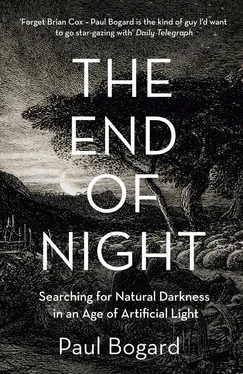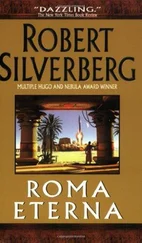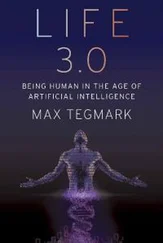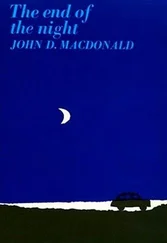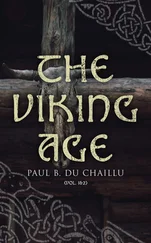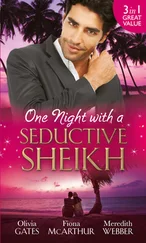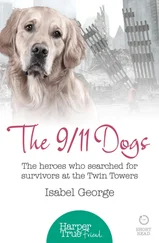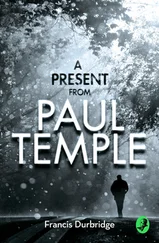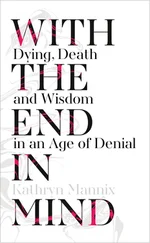
How shielding our lights cuts out glare and improves our vision (notice the “bad guy” standing in the open gate). (George Fleenor)
In late 2008, the Pacific Gas and Electric Company (PG&E) was required by California law to find ways to reduce energy expenditures. In an effort to look into how the reduction of street lighting might do so, company representatives asked for and received an independent review of existing research “relating to any relationship between night-time outdoor lighting and security.” The review found no research that presented “sufficient evidence to demonstrate a causal link between night-time lighting and crime” and concluded: “the available results show a mixed picture of positive and negative effects of lighting on crime, most of which are not statistically significant. This suggests either that there is no link between lighting and crime, or that any link is too subtle or complex to have been evident in the data, given the limited size of the studies undertaken.”
As Barry Clark argued in 2002, “Where the justification includes or implies crime prevention,” lighting costs “appear to be a waste of public and private funds.” Updating his review in 2011, he reiterated his earlier findings and wrote, “Given the invalidity of evidence for a beneficial effect and the clear evidence to the contrary, advocating lighting for crime prevention is like advocating use of a flammable liquid to try to put out a fire.”
These studies have had little effect, however, on the perception that lighting reduces crime at night, and that more light reduces crime further. Perhaps that’s because most of us have never heard of these studies, and so continue to assume a connection between darkness and crime, lighting and security. It doesn’t help that a handful of studies directly or indirectly sponsored by the lighting industry or utility companies persist in claiming that lighting deters crime despite mounting evidence to the contrary. By selling more lights or selling more energy, these companies stand to gain the most wherever the lights are brightest. Widespread ignorance reinforced by questionable research has much to do with this, no doubt.
But there’s something else going on here, too. You get the feeling someone who says “Then send your wife and kids into the darkness and see what happens, or ask a rape victim what they think” isn’t going to be dissuaded by Clark’s study or any other study. Dare to question the idea that we need lots and lots of bright lights for safety and, as Martin Morgan-Taylor of the Campaign for Dark Skies told me in London, “It will often raise quite an aggressive response from people, because it really is the fear of the dark, isn’t it?”
“This most ancient of human anxieties,” explains historian Roger Ekirch, “has existed from time immemorial … Night was man’s first necessary evil, our oldest and most haunting terror.” The reasons—rational, even—that we have feared the dark of night are many: threats from wild animals, attacks from robbers or highwaymen, deadly terrain, and especially fire. Add to those reasons our propensity for irrational fears such as ghosts, witches, werewolves, and vampires and we had plenty of reason to fear the dark. Regardless of which came first—the rational or irrational—as we evolved, those fears were kept intense by the human eye’s limited ability in the dark and our imagination’s vivid ability to see night’s demons all too well. Christianity, which saw Christ as “light eternal” and Satan as Prince of Darkness, further ingrained this view of the world. In the eyes of the church, continues Ekirch, “the devil embraced darkness, literally as well as metaphorically. Night alone magnified his powers and emboldened his spirit. Indeed, darkness had become Satan’s unholy realm on earth.”
But most of us no longer fear attack by wild animals, deadly terrain, or fire at night; nor do we recall our last encounter with a highwayman. And while we love them in movies, we don’t normally fear meeting witches, ghosts, or werewolves in the dark—or at least, we don’t admit we do.
No, now we fear each other.
Three miles northwest of downtown Winston-Salem, North Carolina, the campus of Wake Forest University, a highly ranked school that is home to more than seven thousand students, lies embraced by quiet residential neighborhoods or estates on all sides. This is where I work, where I experience night’s darkness on a regular basis—leaving my office on a winter’s early evening, returning after dinner to hear a visiting speaker, walking with Luna. A leafy tree canopy made of magnolias and maples, dogwood and pines, covers walkways and streets and pedestrian squares, the brick buildings made in the Georgian style. Wait Chapel rises at the north end of the main quad, spotlights on its steeple, while other lighting includes both the old and the new: security lights and wallpacks and cobraheads, but also fully shielded streetlights, “dark sky–friendly” acorns, and other attractive Victorian fixtures. A recently commissioned report on campus lighting states as a goal to “continue the intimate feel of campus.”
“And that means a balance of darkness and light,” says Jim Alty, vice president for facilities. “If you want to be out with your girlfriend, or if you want to talk with a colleague or classmate, you don’t want to be in a brightly lit space that’s making you squint. So our idea is to offer pathways that are well-lit but, once you get away from the pathways, not trying to make it look like Times Square.”
Конец ознакомительного фрагмента.
Текст предоставлен ООО «ЛитРес».
Прочитайте эту книгу целиком, купив полную легальную версию на ЛитРес.
Безопасно оплатить книгу можно банковской картой Visa, MasterCard, Maestro, со счета мобильного телефона, с платежного терминала, в салоне МТС или Связной, через PayPal, WebMoney, Яндекс.Деньги, QIWI Кошелек, бонусными картами или другим удобным Вам способом.
